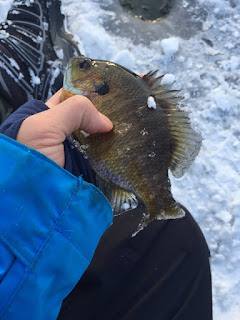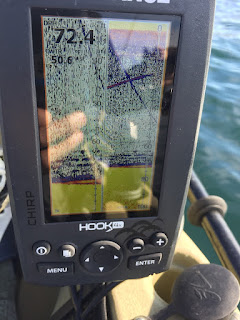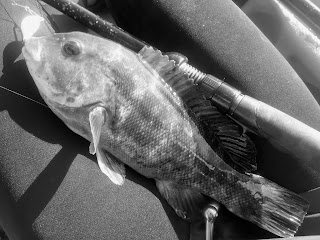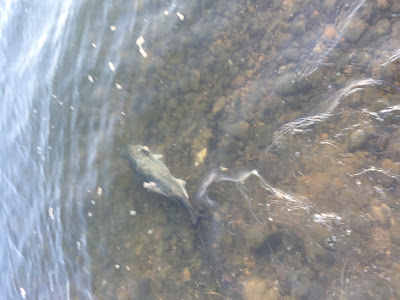"Safety is Number One Priority"
Early Ice - Ice Fishing Safety As the ice begins to form, anglers across the country often prepare their equipment and set their expectation of when they will be able to go fishing far before the ice is even remotely safe, in this way, they not only risk loosing a equipment, but also risk loosing something that is far more valuable - their life. Here are some of the necessary equipment for early ice safety: An ice spud - using an ice spud to test ice thickness is important to staying out of the water during early ice. Basic ice spuds can be bought for under $50, and are very important for all levels of ice anglers. Furthermore, they replace the need for hefting a large auger during the early season, for they are efficient hole makers, when the ice is under five inches thick. It is important to note that ice conditions can change drastically depending on where in the lake you are located, as well as weather conditions while you are fishing. ( https://www.fishusa.com/produc...




